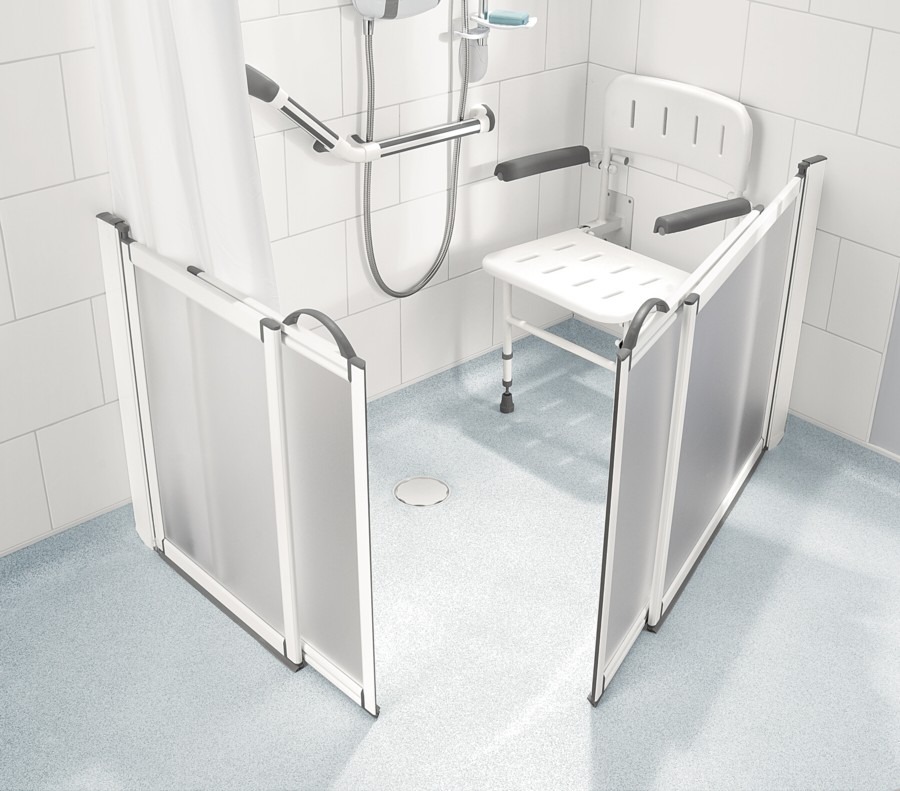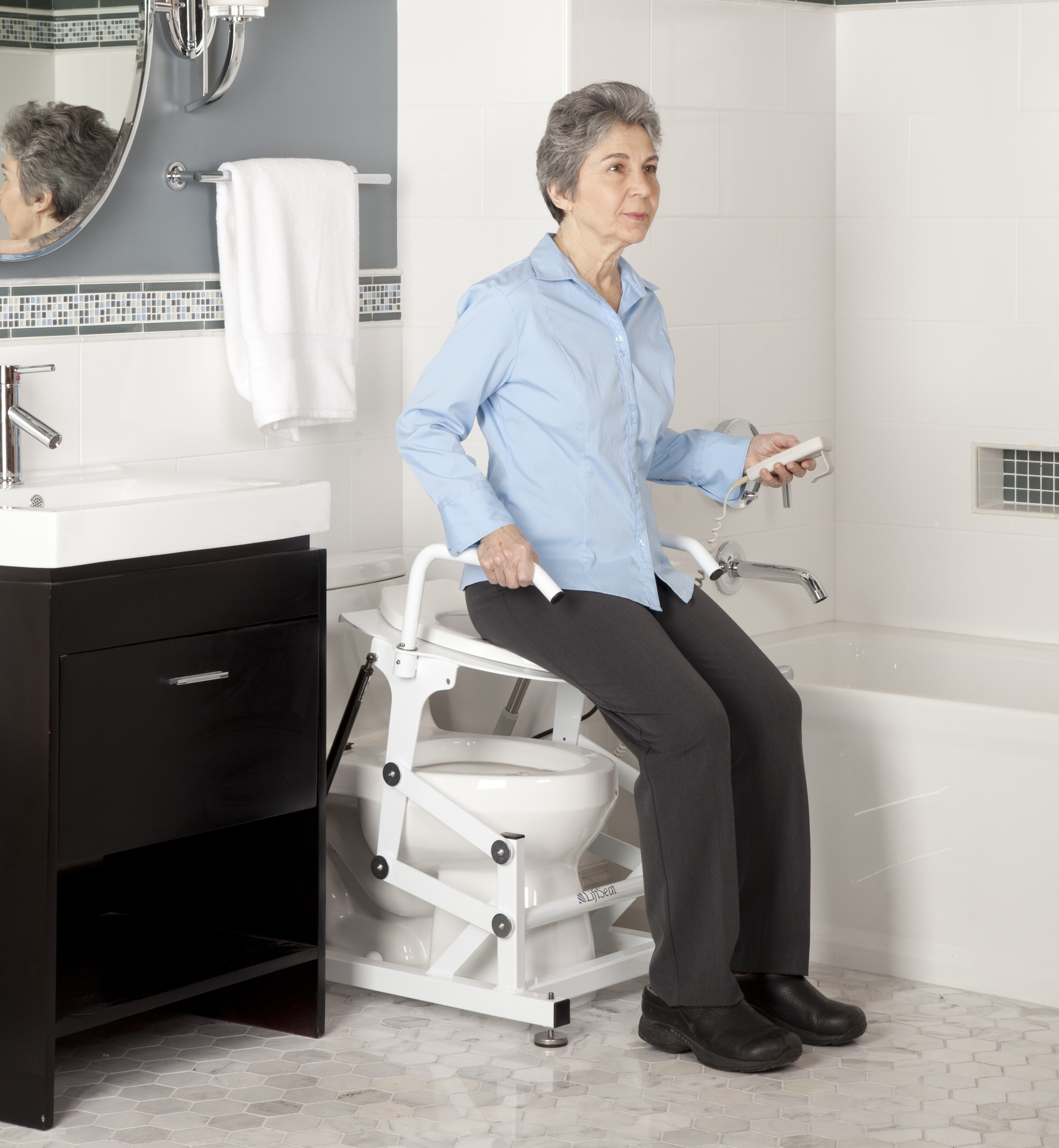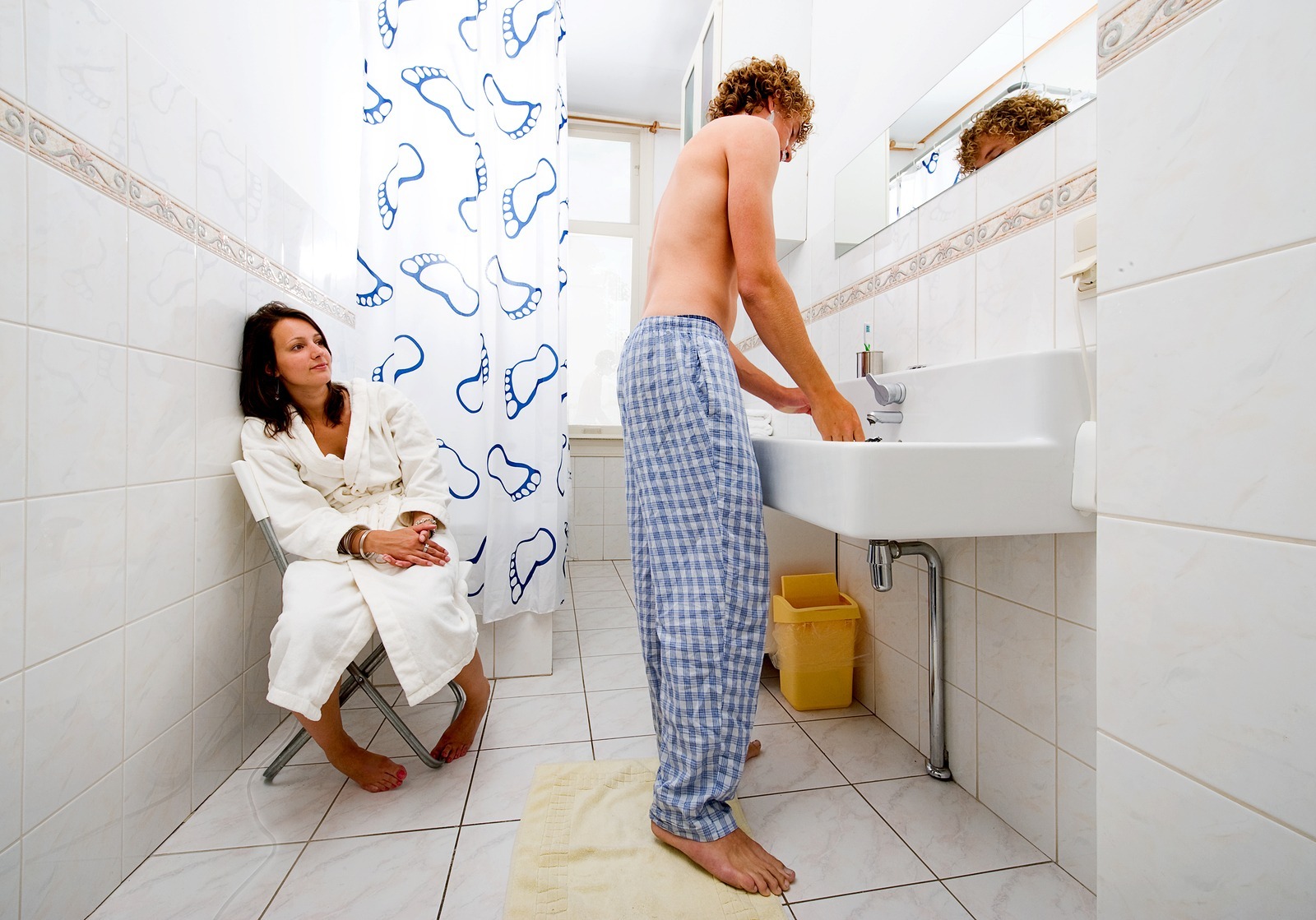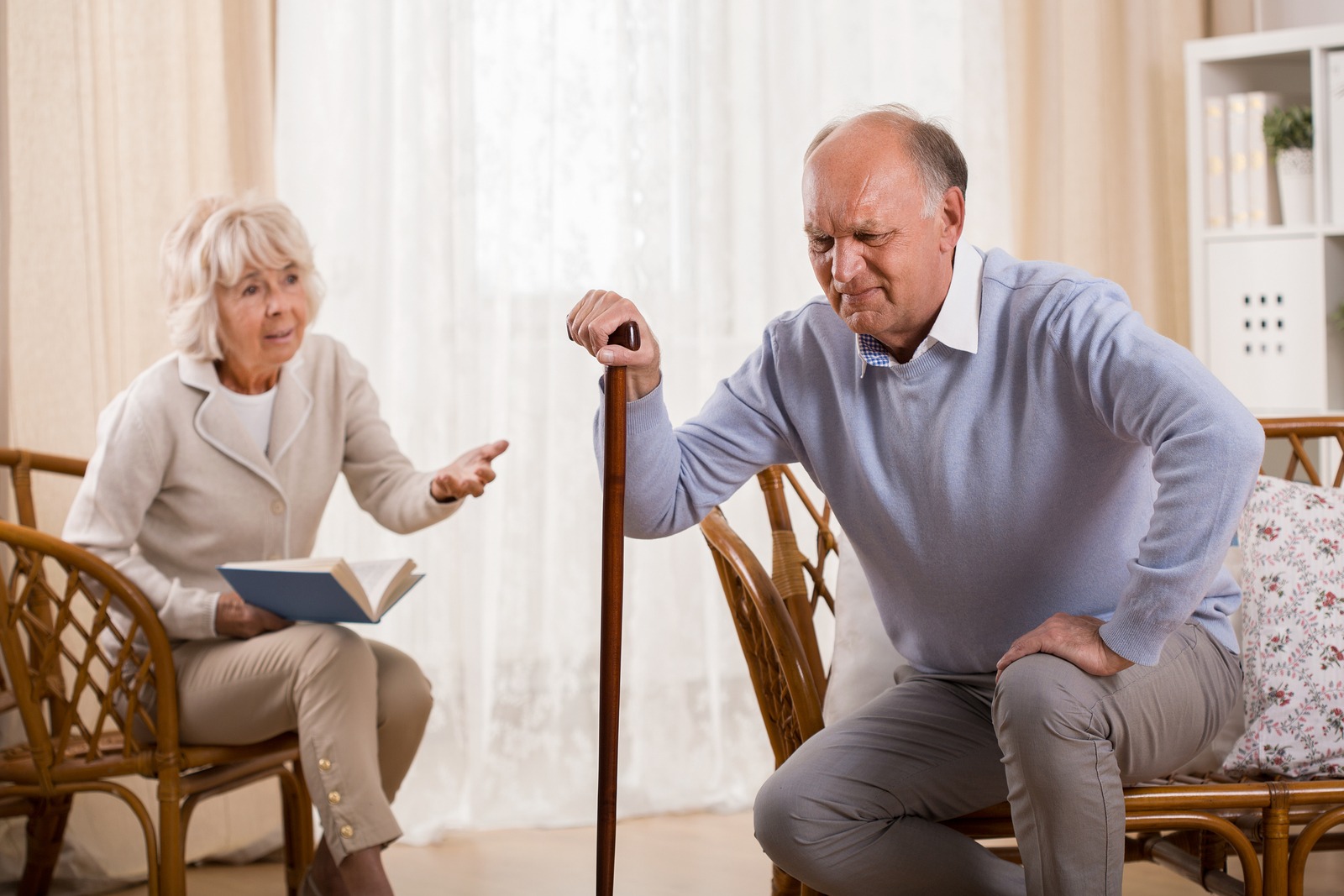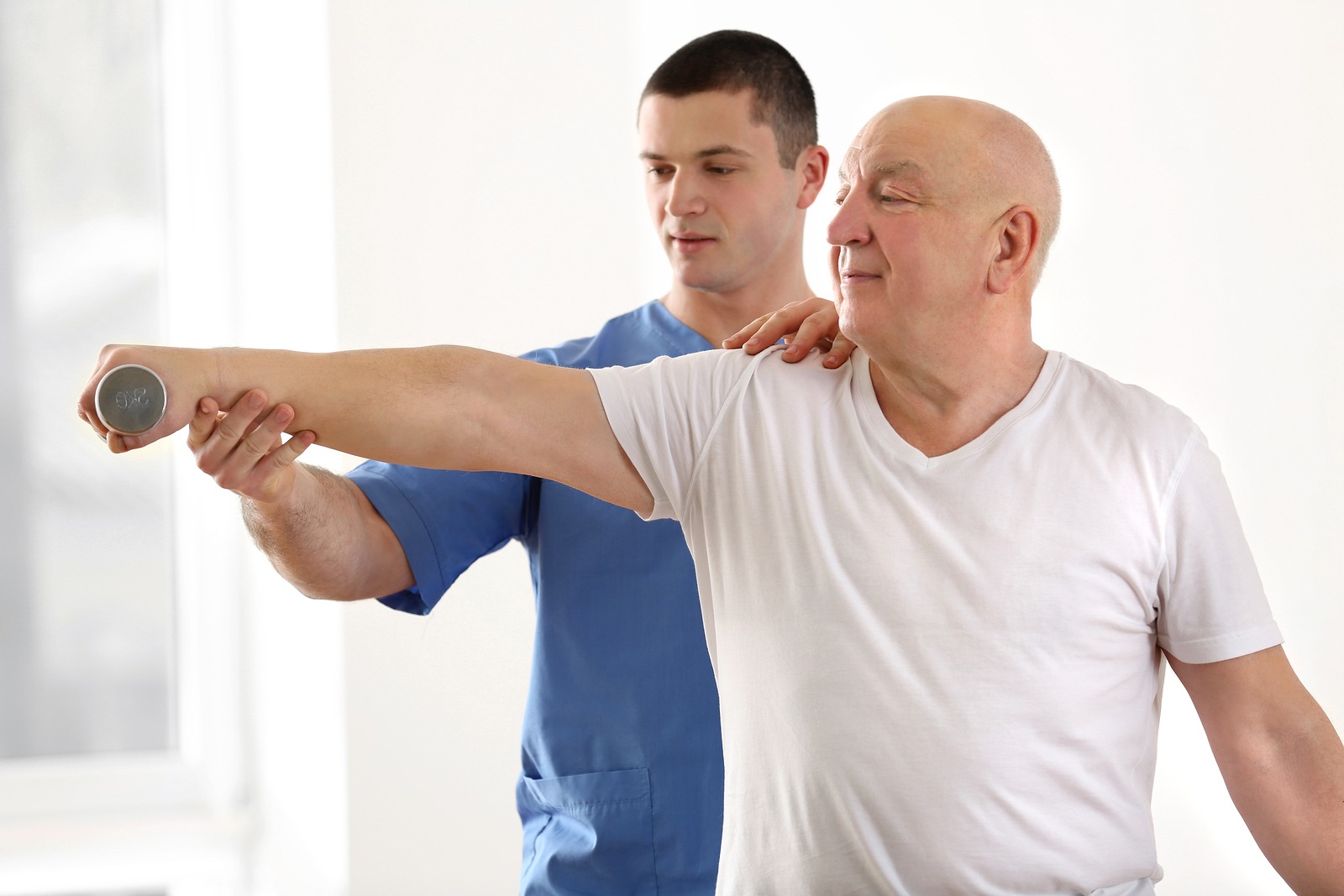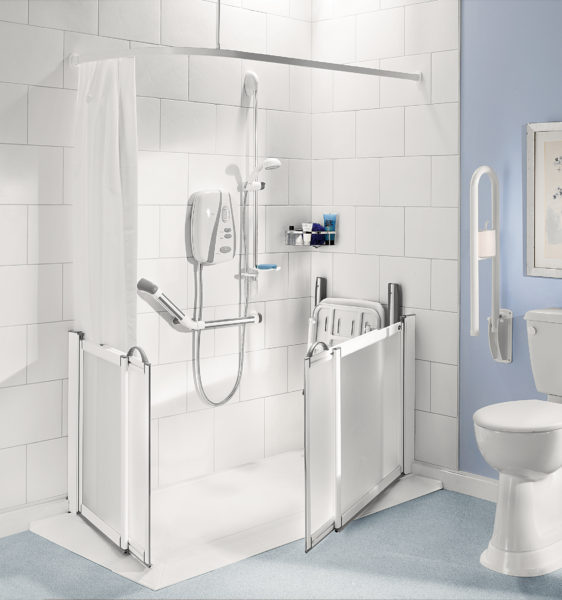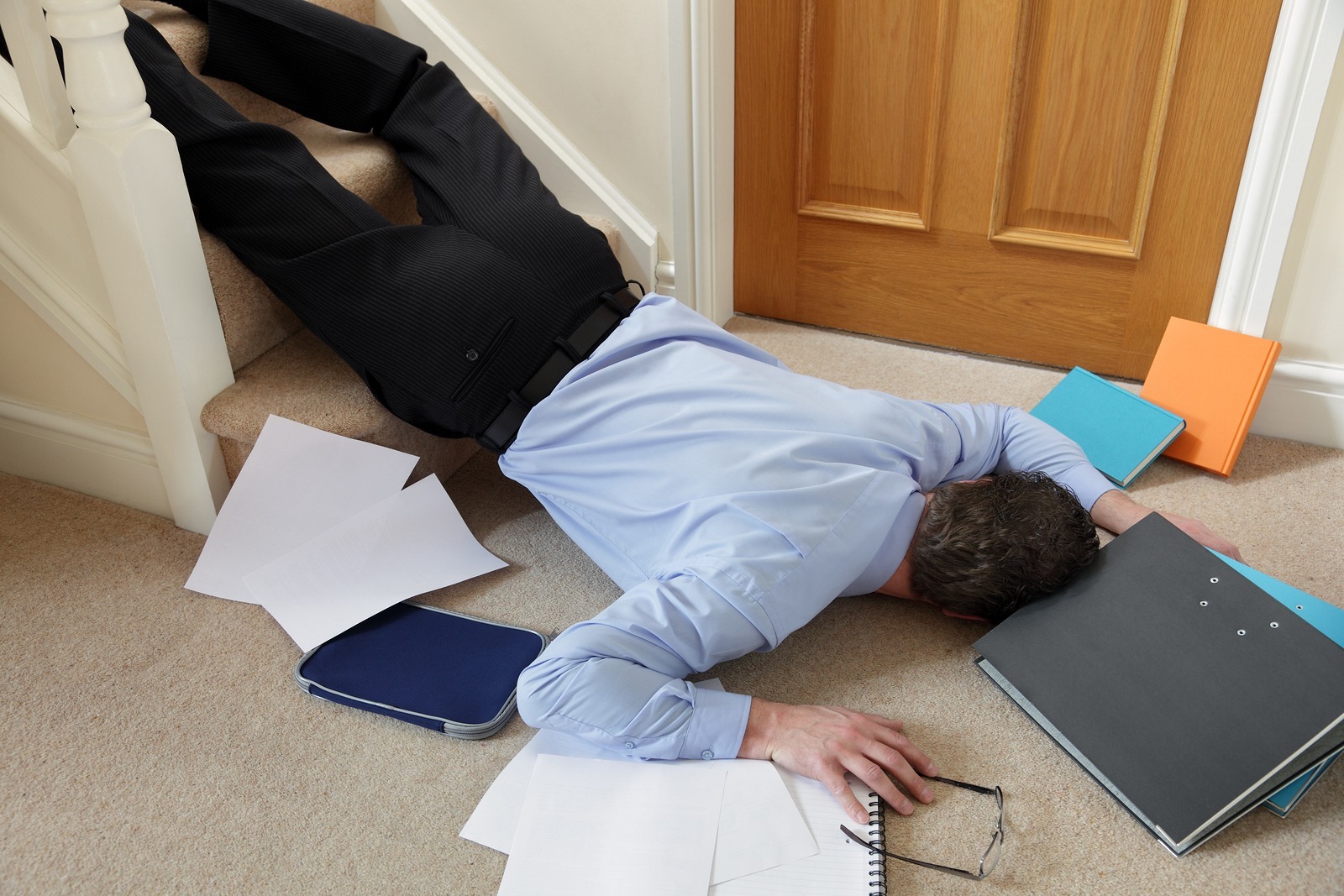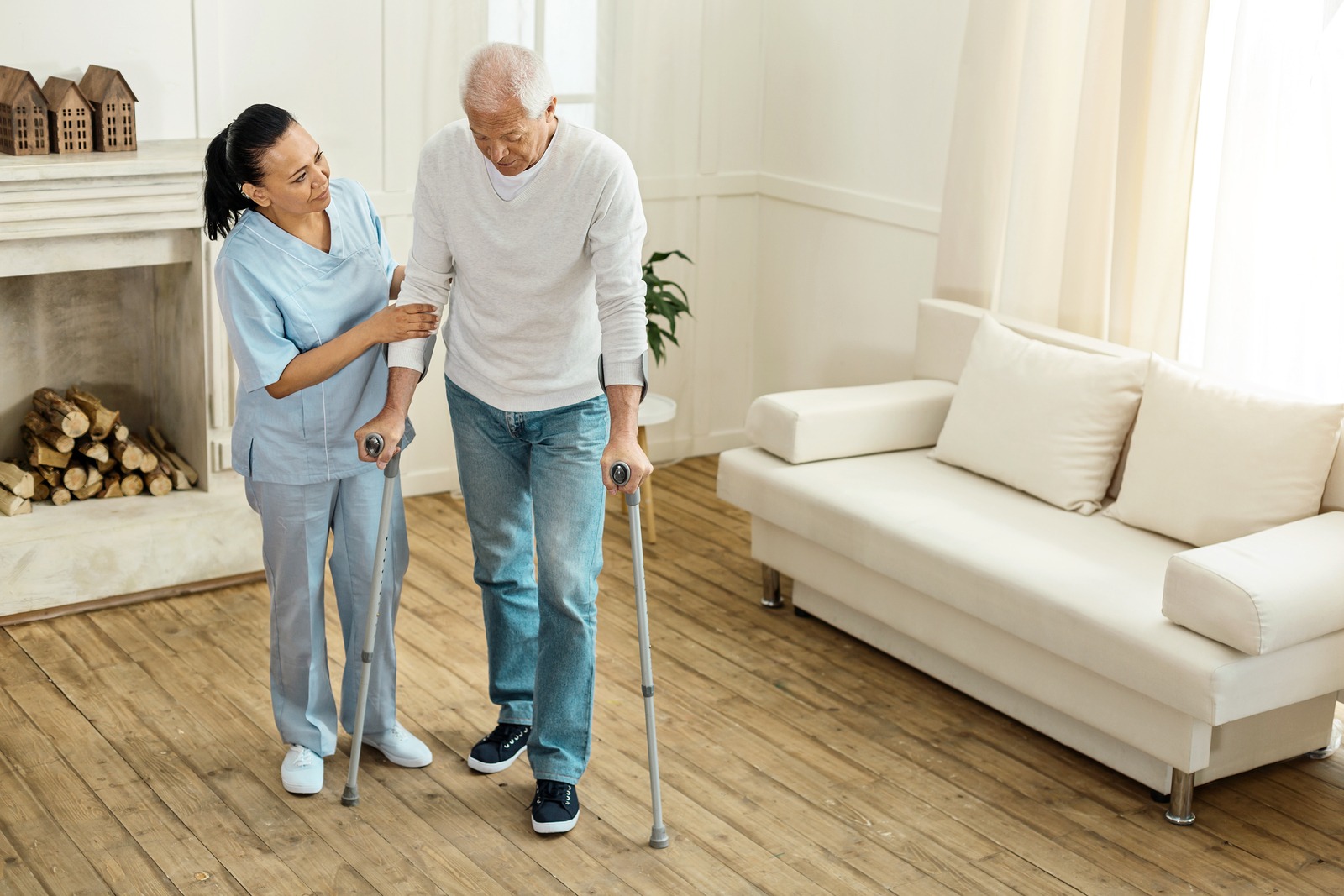
How To Design A Home That Adapts As You Age
With people moving home less frequently than in the past there is a need for properties that can adapt as we age, ensuring that we’re able to continue living in the same homes well into our old age.
The Daily Mail has highlighted an exhibit at the National Building Museum in Washington DC, which explores the idea of homes that can adapt as you get older and your needs change.
It is taking the idea of flexible living to a whole new level, reconfiguring a space of 1,000 square feet from a home designed for roommates to one that can accommodate a multigenerational family, and finally a home for a retired couple.
Lisa Blecker, marketing director at Resource Furniture, told the newspaper that one of the main things people should take away from the exhibition is the idea that you should think about the future when making changes to your home.
“If you’re planning to renovate or reconfigure your home, it’s essential to think about the long-term opportunities for flexibility in years to come,” she stated.
With technology evolving rapidly, there is a lot to consider. Speaking to Crawley News 24 recently, spokesperson for The Southern Homebuilding and Renovating Show Michael Holmes said that smart technology is going to become increasingly important in households of all kinds.
From security and lighting to smart clothes that can monitor your health, there are constantly new innovations coming up. For those who have reduced mobility, this kind of technology could be especially useful in terms of monitoring their safety in spaces like the bathroom or kitchen.
Installing easy access showers can enable people to live independently for longer, and having a system that also monitors their safety in these spaces could also help alleviate worry and ensure that people are able to remain in their own homes for longer.

